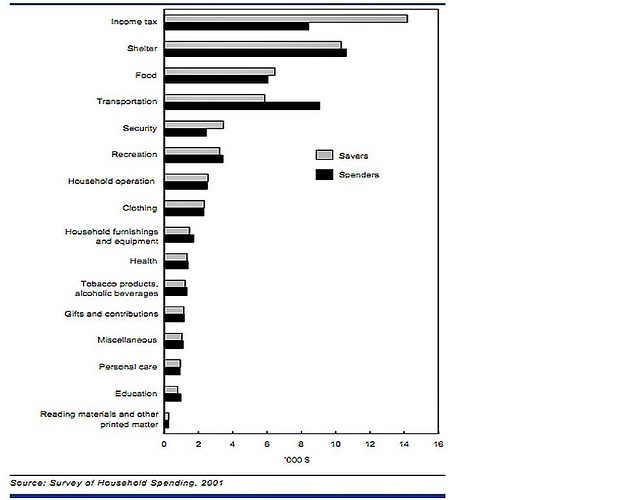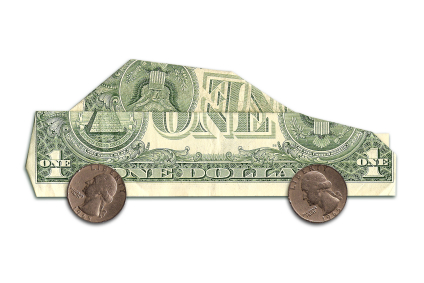Cross-posted from the Natural Resources Defense Council.
This study [PDF], based on 2001 data from Canada, isn’t new. But it is telling, and I suspect the only distinctions between its findings and what we might learn from more current data would be of degree. Look at the amounts spent in various categories of expenditure, and the difference between those households whose total expenditure exceeds income (spenders) and those whose total expenditure equals or is less than income (savers):

While savers had higher incomes, as would be expected, overall the spending habits of the two categories were remarkably similar. The one major difference was in spending for transportation, where spenders outspent savers by 54 percent, primarily due to car purchases. (Another difference was that savers paid more income tax.)
This confirms that the costs of car ownership significantly affect household spending and suggests that those costs may hinder the ability of lower-income households to save. The findings in the published report do not compare categories of spending as portions of household income, but other research has found that lower-income households spend a much higher portion of income on transportation than the average, at least in the U.S.
The study was conducted by Raj. K. Chawla and Ted Wannell of Statistics Canada, a government bureau. It also compared differences in spending habits between 1982 and 2001.



